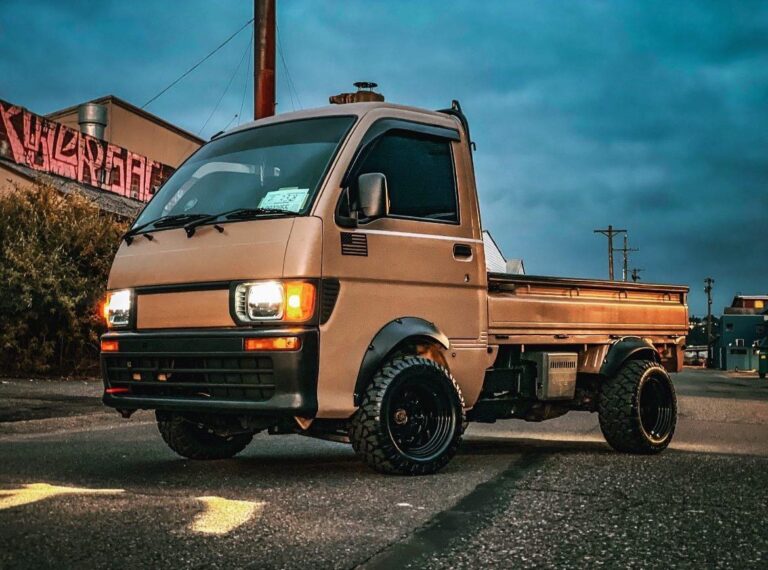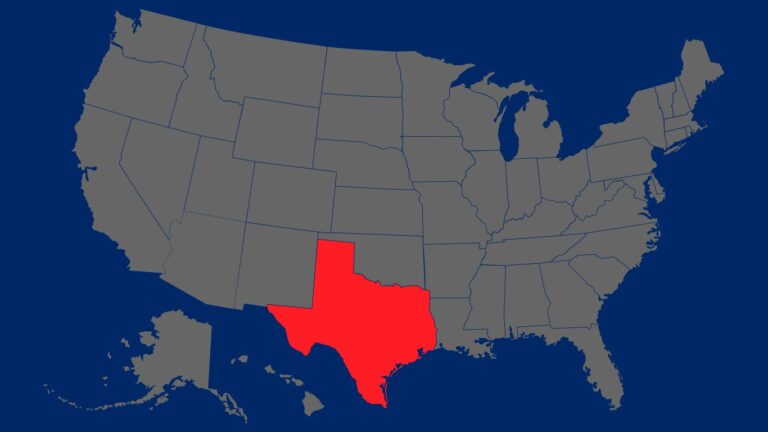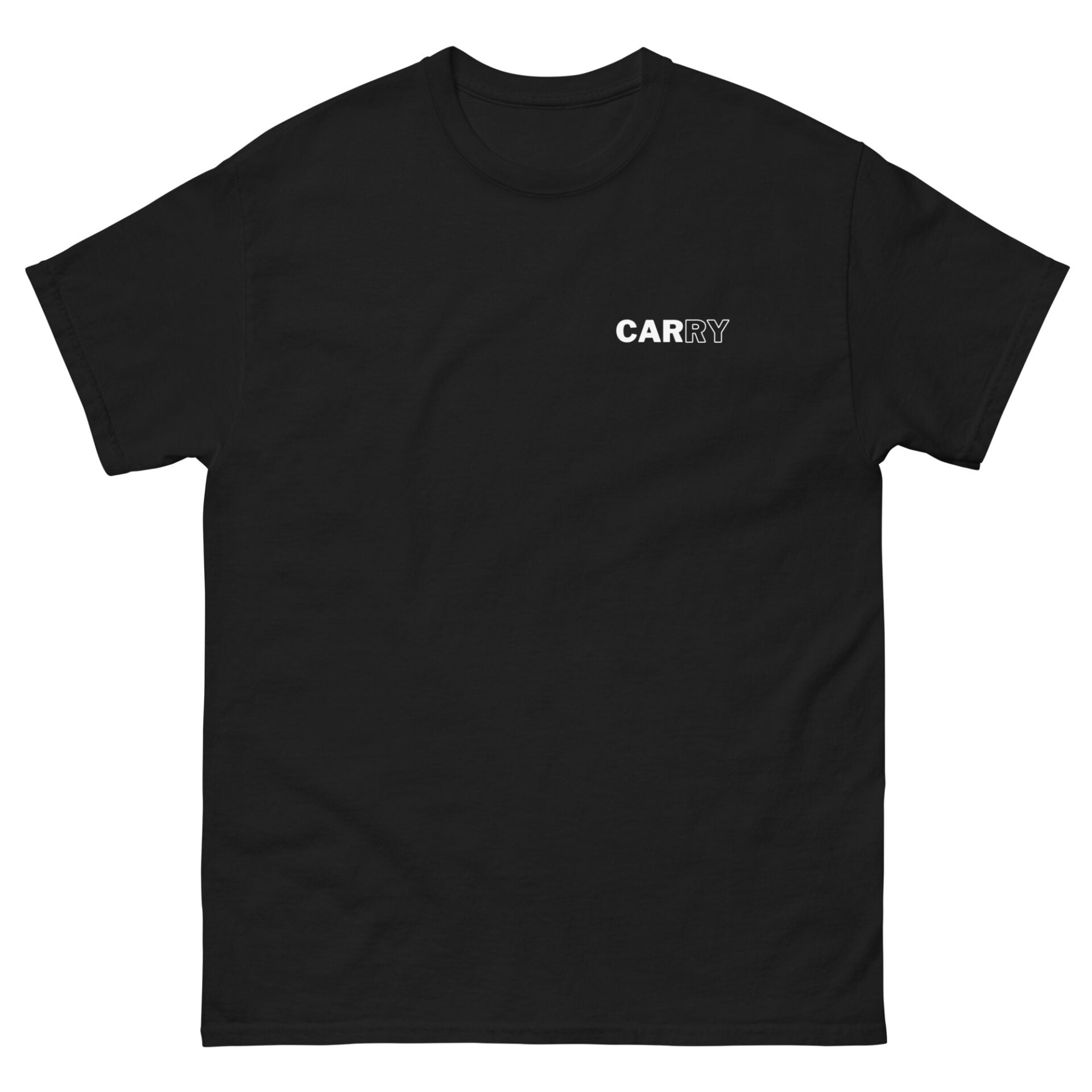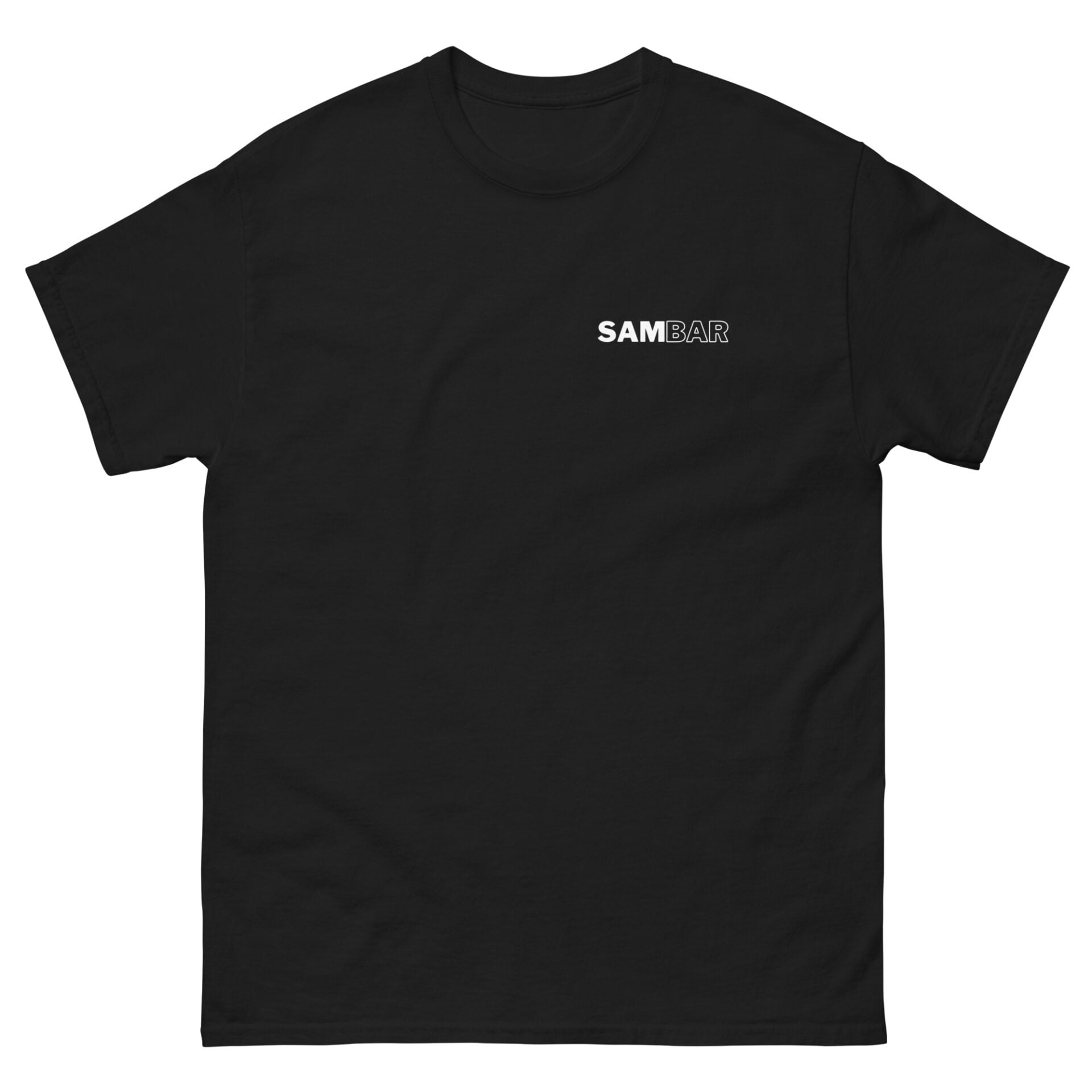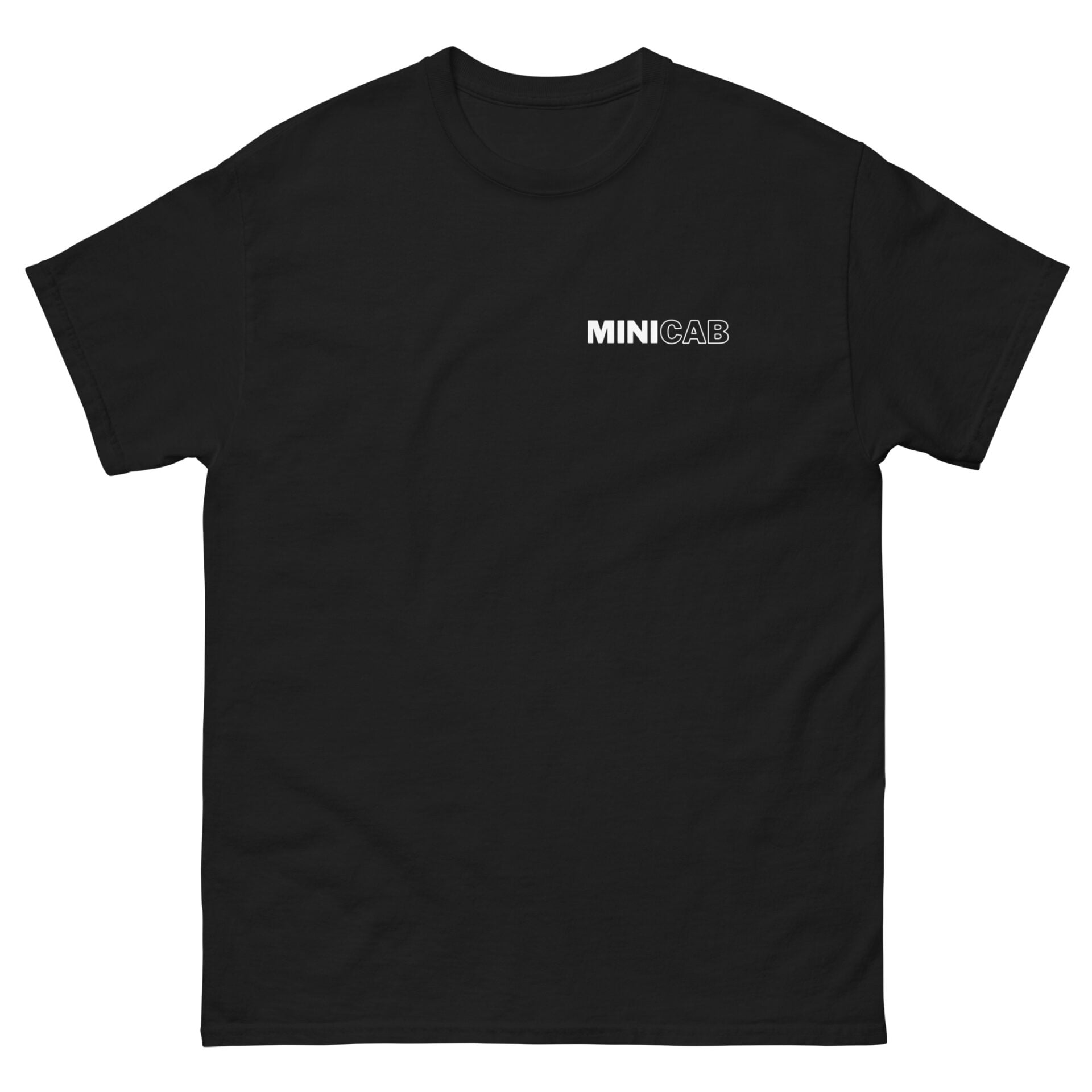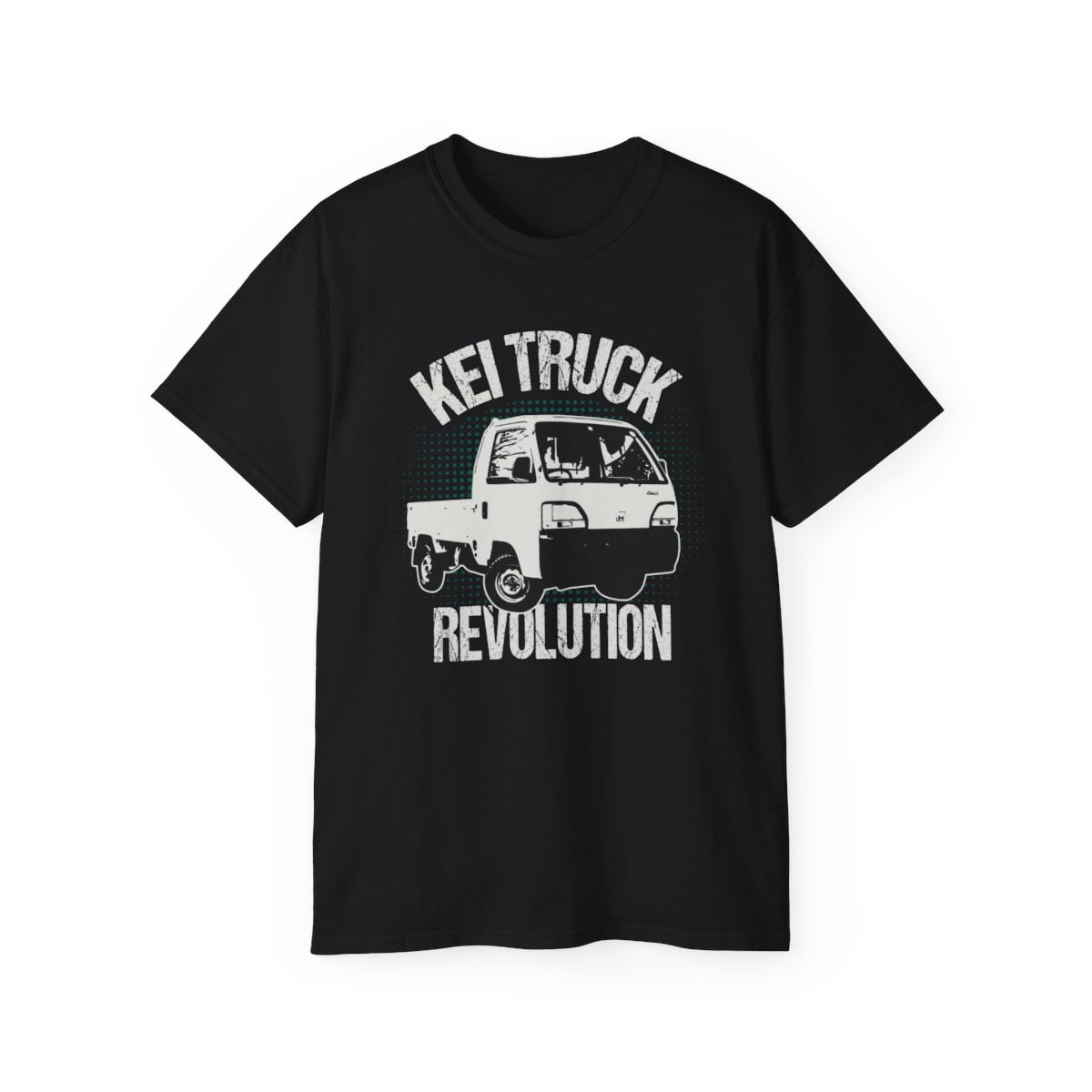Ever dreamt of owning a compact, efficient, and versatile vehicle that adds a touch of exotic flair to your lifestyle? Your dream can become a reality with a Kei truck, Japan’s best-kept automotive secret. These petite powerhouses have been dominating Japanese highways since 1949 and are now gaining popularity in the USA. However, importing a Kei truck into the USA involves navigating through specific customs regulations and shipping procedures. This comprehensive guide simplifies the process for you, detailing essential steps from sourcing, purchasing, importing, to owning a Kei truck. By the end, you’ll have all the knowledge you need to import a Kei truck into the USA with confidence and ease. Let’s put you behind the wheel of this Japanese innovation.
Understand Kei Trucks
Notable Kei Truck Models
Several car manufacturers have thrown their hat in the kei truck ring, including Suzuki, Honda, Daihatsu, Mazda, and Subaru. Among these, the Honda Acty stands out for its fuel efficiency and compact size. Other popular models include the Subaru Sambar, Suzuki Carry, Mitsubishi Minicab, Mazda Scrum, and Daihatsu Hijet. Each model has its own unique features and capabilities, so if you’re thinking about importing a kei truck to the USA, it’s worth doing your homework on the different makes and models.
Kei Trucks: Specifications and Capabilities
Kei trucks are built to meet specific regulations on size, engine capacity, and power output. They’re designed with a sturdy, full, box-frame and come with fully enclosed cabs, heaters, lights, and signals. Typically, they have 1.8m pickup beds with fold-down sides, and you can also find models with dump and scissor-lift beds. Despite their small size, they can hit a top speed of about 50 mph, and sometimes even more.
If you’re looking to import a kei truck to the USA, you’ll need to get to grips with U.S. customs regulations and international shipping procedures. It’s crucial to find a reputable seller and make sure the kei truck is at least 25 years old to meet the 25-year exemption rule for importation. You’ll need the Bill of Lading and Export Certificate for customs clearance and registration in the USA.
When it comes to shipping, you’ve got two main options: roll-on/roll-off (RoRo) shipping and container shipping. RoRo shipping is the more wallet-friendly option, while container shipping offers extra protection for your vehicle. Be aware that you might have to pay tariffs and taxes when importing a kei truck to the USA, so make sure you’re clued up on any potential fees to avoid any nasty surprises.
U.S. import regulations may require you to make certain modifications to your kei truck to comply with safety and emissions standards. These could include installing seat belts, approved lighting, and catalytic converters. Once your kei truck is in the USA, you’ll need to register it. This process can vary from state to state, so make sure you know the specific requirements for post-import registration in your area.
Kei trucks are becoming increasingly popular in the USA thanks to their affordability, reliability, and unique styling. They offer versatility, durability, and a lower cost compared to other utility vehicles, making them a great choice for a range of uses, from maintenance and delivery to recreational use.
Legalities of Importing Kei Trucks
Import Laws: A General Overview
The process of importing a Kei truck into the USA can seem daunting, especially for first-timers. However, with the right information and preparation, it’s manageable. The U.S. has specific laws and regulations for importing vehicles to ensure they meet safety and environmental standards.
One crucial regulation is the 25-year-old exemption for “classic vehicles”. This rule allows vehicles that are 25 years or older from the date of manufacture to be legally imported into the U.S. without having to meet certain DOT and EPA standards. This is particularly relevant for Kei trucks, as many of them are older models.
Specific Regulations for Importing Kei Trucks
To ensure your Kei truck meets the 25-year exemption rule, you’ll need to verify that the truck is at least 25 years old based on its manufacture date. If the manufacture date isn’t specified, online resources can help you decode the VIN to figure out the approximate manufacture date range.
Once you’ve confirmed that your Kei truck meets the age requirement, you’ll need to secure essential paperwork such as the Bill of Lading and Export Certificate. These documents are necessary for customs clearance and registration for street use in the U.S.
How Environment and Safety Standards Affect Imports
U.S. environment and safety standards significantly influence the import process. These standards are designed to protect you and the environment, and they can determine whether or not a vehicle is allowed into the country.
For example, vehicles must be thoroughly steam cleaned to ensure they’re pest-free before export. If a vehicle fails the USDA inspection due to pests, it may have to be returned or cleaned at your expense.
Detailed Steps to Ensure Legal Compliance
To ensure legal compliance when importing a Kei truck, follow a series of steps. First, connect with a trustworthy vehicle exporter who can assist you in finding a suitable truck and arrange for its transportation to the U.S.
Next, pay for the vehicle, typically via bank transfer. Once payment is received, the exporter will arrange for the truck to be transported to the port and shipped to the U.S. They’ll also provide you with an original Bill of Lading, a commercial invoice, and a certificate of insurance.
Before the truck is loaded onto the ship at the foreign port, an ISF 10+2 declaration must be filed. This can be done through a customs broker, who’ll need information such as the shipping company, the Bill of Lading number, and dates.
Once the truck arrives in the U.S., you’ll need to retrieve it from the port. This process involves providing the necessary paperwork to the Customs and Border Protection Office at the inbound port and paying the duty.
Finally, you’ll need to register your Kei truck for street use at your local DMV office. This process can vary from state to state, but generally involves providing the required information and paying any applicable state taxes.
By following these steps and being aware of the legalities involved, you’ll be able to successfully navigate the process of importing a Kei truck into the U.S.
Sourcing and Purchasing Kei Trucks
To secure a Kei truck, it’s crucial to connect with a reputable dealer. Given the popularity of these vehicles in Japan, there’s a multitude of sellers to consider. However, not all are reliable. It’s advisable to engage with a dealer with a proven history and the ability to provide the necessary documentation. Firms like Japan Car Direct can facilitate the process, guiding you through the intricacies of U.S. customs rules and global shipping logistics.
Purchasing Process: Steps and Precautions
Once you’ve identified a reliable seller, you’ll need to familiarize yourself with the purchasing process. This includes understanding the cost structure, which encompasses the purchase price, auction fees, shipping costs, import duties, and taxes. You’ll also need to consider shipping options. Roll-on/roll-off (RoRo) shipping is typically more cost-effective, while container shipping offers more protection for the vehicle. Be mindful of potential tariffs and taxes that may apply, and make sure to research these costs before starting the import process.
Cost Structure Breakdown of Buying Kei Trucks
Acquiring a Kei truck involves more than just the purchase price. Auction fees, shipping costs, import duties, and taxes all contribute to the total cost. Shipping options can also affect the cost. RoRo shipping is generally more cost-effective, but container shipping, while pricier, offers more protection for the vehicle. Don’t forget to factor in potential tariffs and taxes, which can vary depending on the country of importation and specific regulations.
Tips for Evaluating Kei Truck Condition Before Purchase
Before you finalize the purchase of a Kei truck, it’s crucial to assess its condition. Consider factors such as mileage, maintenance history, and any necessary repairs or modifications. Different models of Kei trucks have their own pros and cons, but the Subaru Sambar, Daihatsu Hi-Jet, and Suzuki Carry are all reliable options. The Suzuki Carry, in particular, is often seen as the best value for money, offering good build quality, cheap running costs, and availability of parts. By carefully checking the condition of the Kei truck before purchase, you can ensure you’re making a wise investment.
Shipping and Delivery of Your Kei Truck
Aligning with a Trusted Freight Forwarder
To ensure a smooth shipping process, it’s essential to partner with a reliable freight forwarder. Companies such as Schumacher Cargo Logistics, with decades of experience in transporting vehicles from Japan to the US, can be a valuable ally. They offer competitive rates and simplify the process. It’s important to choose a licensed, bonded, and insured company. Online reviews and the Better Business Bureau can provide insights into the company’s credibility.
The Shipping Process
Understanding the shipping process is crucial. The journey of a Kei truck from Japan to the US typically spans 8-10 weeks. Upon arrival, your truck will be housed in a port warehouse for customs clearance. Once cleared, a representative from the shipping company will notify you. The primary warehouses for Japanese trucks entering the US are located in Los Angeles, CA; San Francisco, CA; Elizabeth, NJ; Houston, TX; Savannah, GA; and Miami, FL. From these points, your imported vehicle can be delivered directly to your location or collected from the warehouse.
Shipping methods encompass RoRo shipping, container shipping, and air freight, each with its own advantages and disadvantages, such as cost, transit time, and security. The starting price for shipping a Kei truck from Japan to the US is around $2000, but the final cost is influenced by factors such as the transport system, vehicle type, distance, tax, and other considerations.
Tracking and Receiving Your Kei Truck Package
Once your Kei truck is on its way, tracking and receiving your package is the next step. This involves obtaining crucial paperwork like the Bill of Lading, which provides shipment details, and the Export Certificate, which verifies your legal ownership of the vehicle.
Possible Hitches and How to Handle Them
Despite meticulous planning, potential obstacles may arise. Familiarity with U.S. import regulations can help mitigate these challenges. This includes compliance with safety and emissions standards and implementing any necessary modifications to the Kei truck. Additionally, potential tariffs and taxes should be taken into account. These costs can fluctuate based on the vehicle’s value and its country of origin.
Post-import registration involves additional steps, including registering the Kei truck with the Department of Motor Vehicles and obtaining the necessary documentation and license plates. By adhering to these steps and securing the required paperwork, you can ensure a seamless transition of these compact Japanese trucks onto American roads.
After Delivery: What Next?
Registering Your Imported Kei Truck Locally
Once your Kei truck is in your possession, the next step is to register it for road use. The process can differ depending on your location, so it’s essential to familiarize yourself with the specific requirements of your local DMV. Remember, Kei trucks have a chassis number, not a VIN like American vehicles, which might cause some confusion at the DMV. With the right documents and a bit of patience, you’ll soon be ready to drive your new vehicle.
Maintenance and Servicing of Your Kei Truck
Keeping your Kei truck in optimal condition is crucial. Regular maintenance checks should include the brakes, engine, body condition, electrical system, and lubrication of moving parts. It’s advisable to have your vehicle serviced by professionals who are familiar with Kei trucks.
Availability of Kei Truck Parts and Accessories Locally
Before you finalize your purchase, investigate the local availability and cost of spare parts and maintenance services. This can help avoid future complications when servicing your vehicle. Look for workshops that specialize in Japanese vehicles or Kei trucks and suppliers who offer genuine spare parts at reasonable prices.
Useful Tips to Enjoy Your Kei Truck Ownership
Owning a Kei truck can be a unique experience. Here are some tips to enhance your ownership:
- Participate in online forums or communities for Kei truck owners. These platforms can provide valuable information and support.
- Look for insurance providers that offer policies specifically for Kei trucks to ensure you have adequate protection.
Staying informed and proactive is key to a rewarding Kei truck ownership experience.
Closing Thoughts on Kei Truck Importation
Getting a Kei truck on American roads isn’t a walk in the park, but it’s a journey you’ll find rewarding. We’ve walked you through everything from the rich history of these compact vehicles, the maze of U.S regulations, how to find a trusted seller, the ins and outs of shipping, right up to registering your Kei truck locally. With this guide, you’re all set to import your very own Kei truck, unlocking a world of versatility and convenience. Keep in mind, every step and every document plays a part in a smooth importation process. So, here’s to you for taking the first step in your Kei truck importation journey – driving these unique, reliable vehicles is an experience unlike any other. The road ahead is packed with possibilities. Enjoy the ride!

